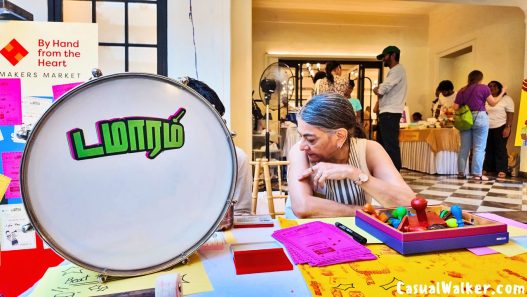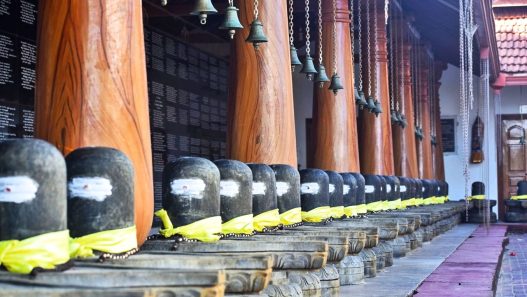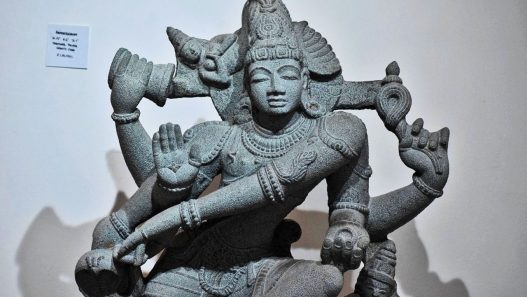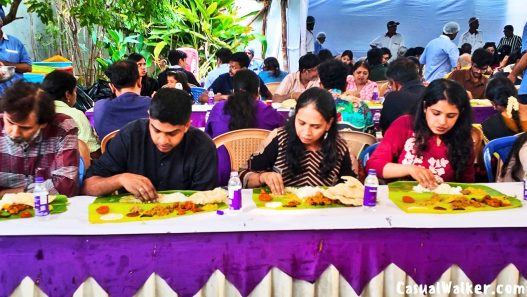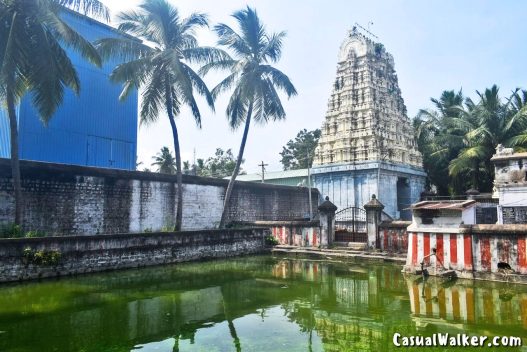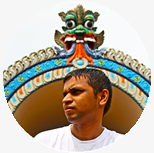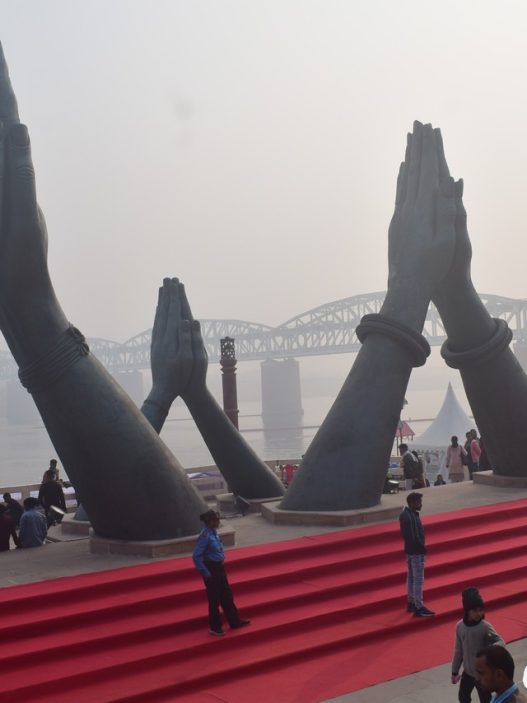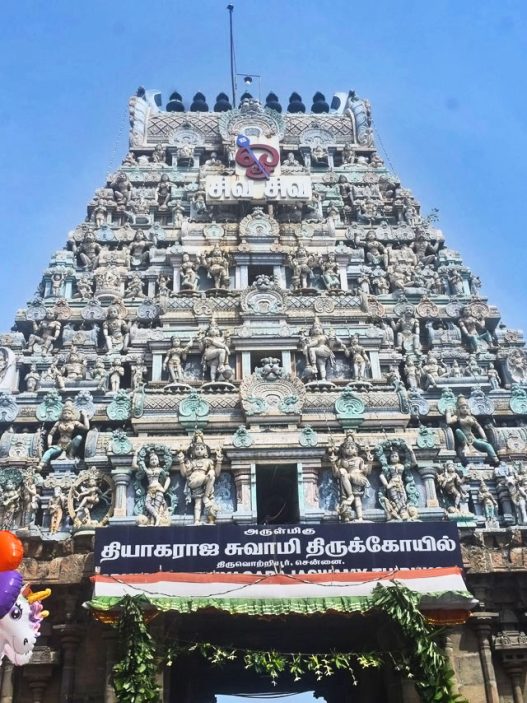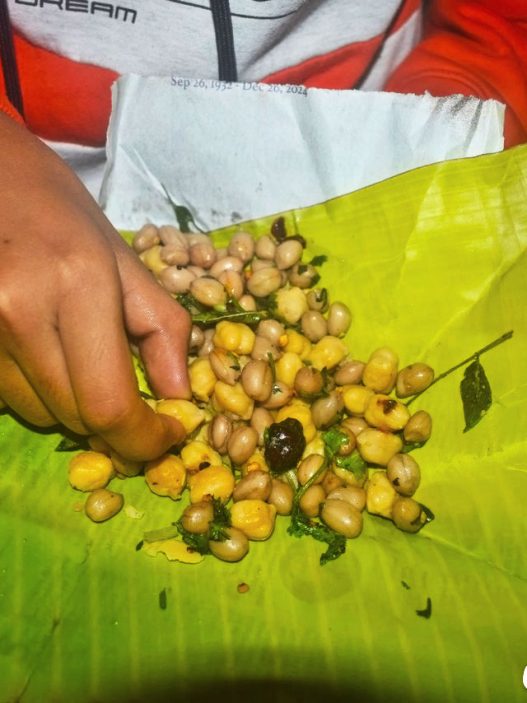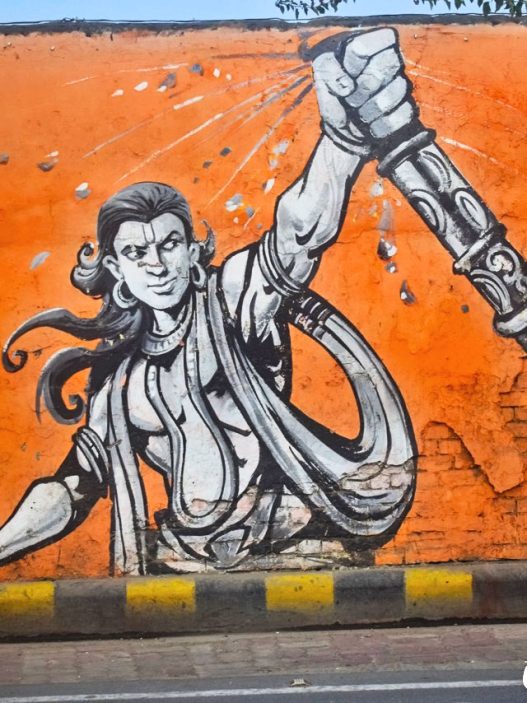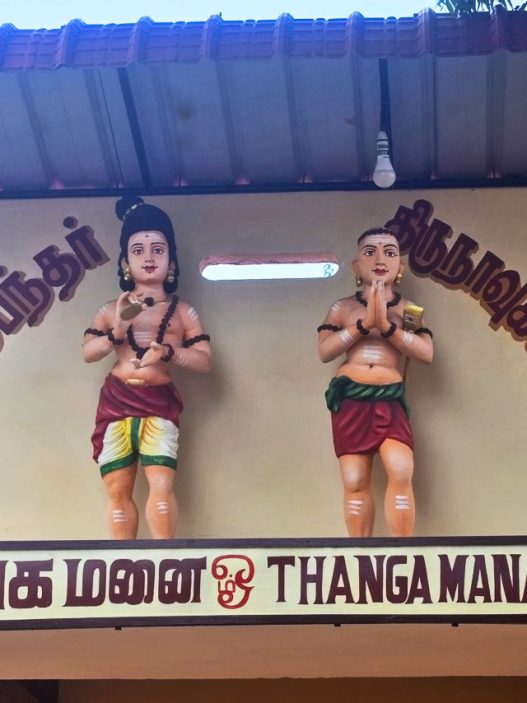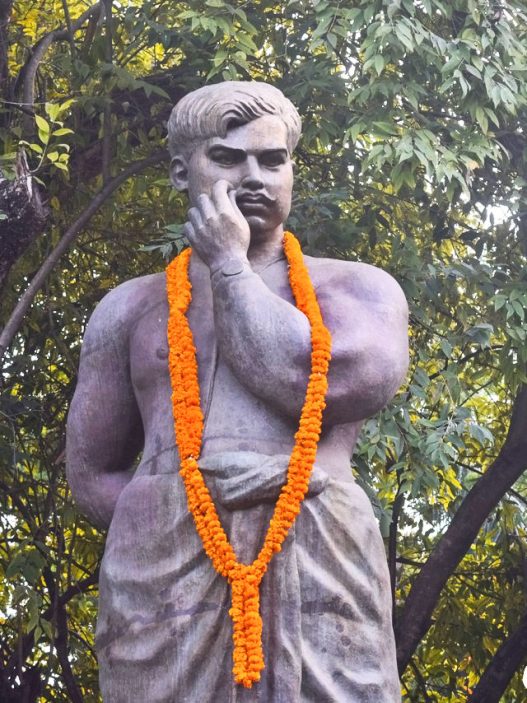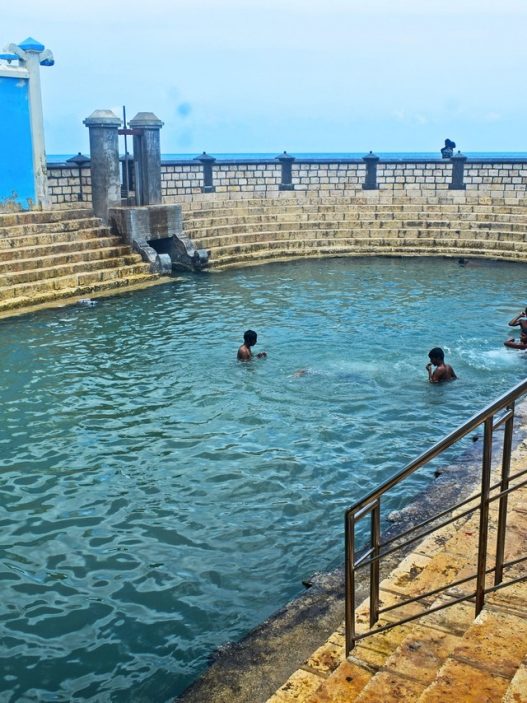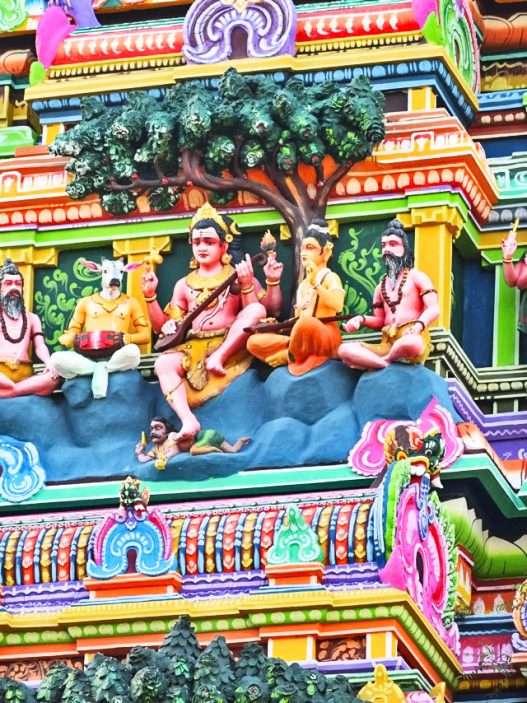Sri Brahmapureeswarar Temple & Sri Pattuvathanambikai Temple in Perunagar, Kanchipuram: One of 20 Sacred Lord Shiva Temples Mentioned in Kanchi Puranam, Where Lord Brahma Worshipped Lord Shiva to Learn Four Vedas & Famous Shukra (Venus) Dasha Pariharam / Remedies Temple – Visit, Temple Timings, History, Contact Details, & Travel Guide (Updated)
– a 12th century temple built by chola dynasty
Located just 21 kilometers from the temple city of Kanchipuram in Tamil Nadu, the ancient village of Perunagar houses one of the most spiritually significant yet lesser-known Shiva temples – Sri Brahmapureeswarar Temple. This sacred site holds the distinction of being among the twenty most revered Shiva temples mentioned in the Kanchi Puranam.


Sacred Legend and Mythology
The Four-Faced Sankara
According to the temple’s Sthala Puranam and the divine verses of Sage Kacchiyappa Munivar in his Kanchi Puranam, this sacred site witnessed Lord Brahma himself worshipping Lord Shiva. The temple’s most fascinating legend tells of Brahma performing his devotions here, prompting Lord Shiva to appear with four faces (Chaturanana) and bless the creator by teaching him the four Vedas. This divine manifestation earned the temple its sacred names “Nanmuka Sankaram” or “Chaturanana Sankaram” – the Four-Faced Sankara.


Goddess Durga’s Purification
The blue-complexioned Goddess Durga, who emerged from Uma Devi’s body, destroyed millions of demons with her single trident. To cleanse herself of the karmic burden from this destruction, she created the “Koti Tirtham” (pond of crores) at this temple, performed Shiva worship on its banks, and attained purification. This legend adds layers of divine feminine energy to this primarily Shaivite shrine.
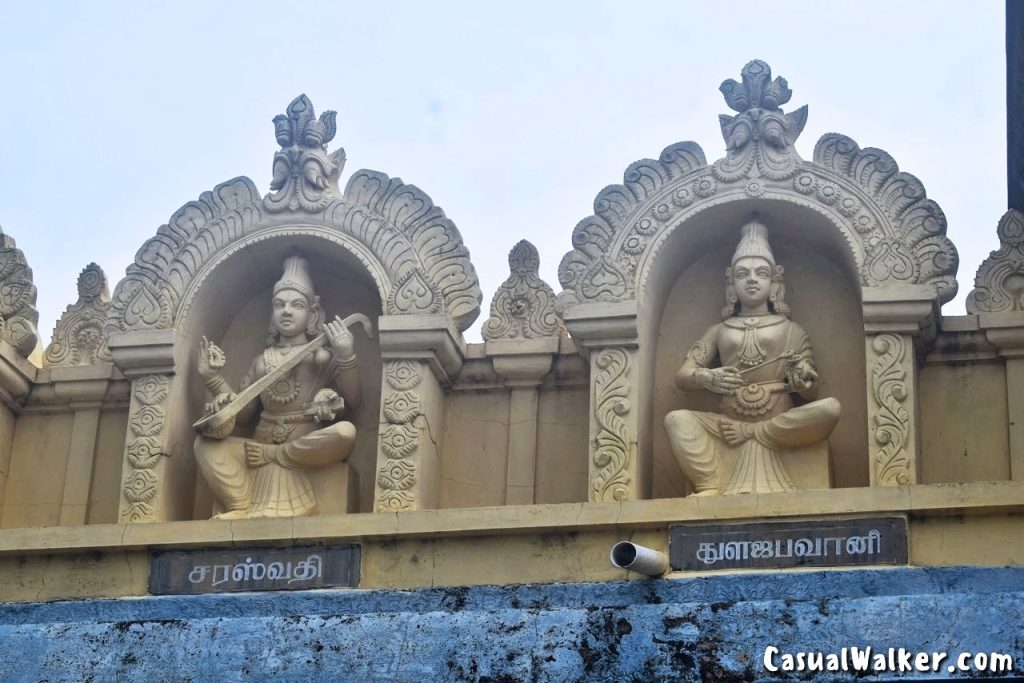
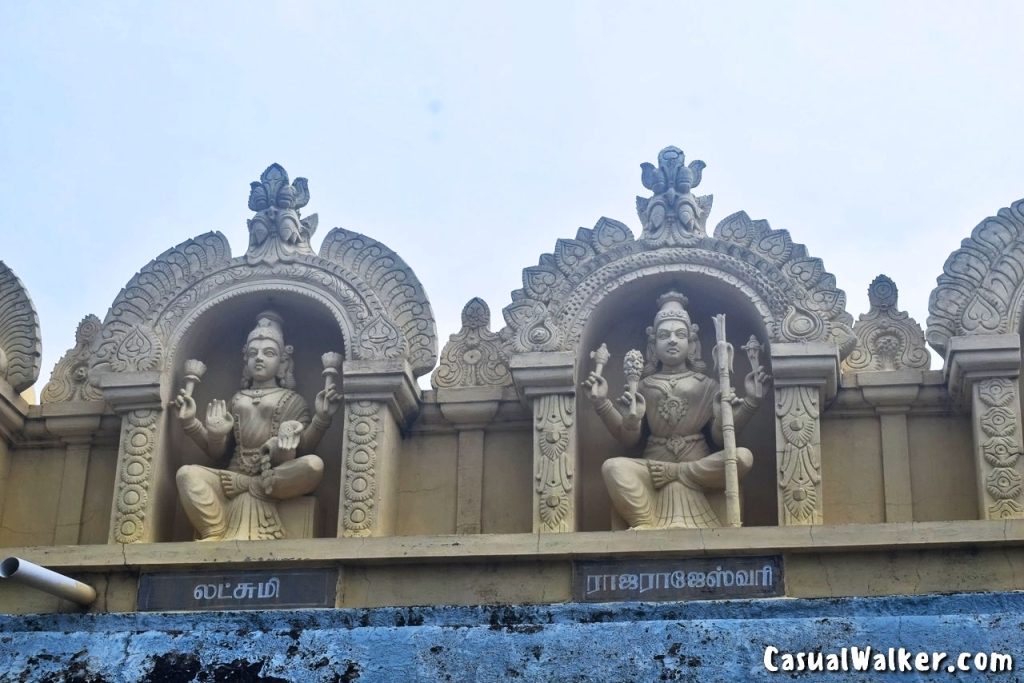
History of Sri Brahmapureeswarar Temple & Sri Pattuvathanambikai Temple in Perunagar
Chola Dynasty Records
The village’s documented history spans nearly a millennium, with the earliest records dating to the 12th century during the Chola dynasty. Stone inscriptions reveal that the settlement was known as “Perunagar alias Nityavinodanallur,” incorporating a title associated with emperor Rajaraja Chola I (985-1014 CE). The village has remarkably preserved its original name unchanged through centuries.


This temple is famous for Shukra (Venus) Dasha Pariharam / Remedies.
Chola period records place Perunagar within the territorial division of Magaral Nadu, part of the larger Eyir-Kottam subdivision in Jayangonda Chola-mandalam. The earliest significant inscription from 1170 CE during Rajaraja II’s reign mentions the currency “Gandagopalan pudu-madai” and neighboring settlements like Ukkal and Magaral.
Chakra Vinayagar
Within the temple complex stands a devoted shrine to Lord Vinayaka, the beloved remover of obstacles.

Epigraphic Treasury
The temple houses 33 ancient stone inscriptions spanning multiple dynasties:
- 12th Century CE: Rajaraja II inscriptions (1170 CE)
- Chola Period: References to Kulothungan I lighting a lamp here in 1073 CE
- Later Pallavas: 13th century records
- Pandya Dynasty: Medieval period inscriptions
- Vijayanagar Empire: Records from Harihara II, Krishnadeva Raya, Achyuta Raya, and Sadasiva Raya
These inscriptions reveal fascinating details about temple operations, including provisions for lighting lamps, conducting abhishekams, maintaining gardens, and cultivating mahua trees for lamp oil.

Architectural Marvel of Sri Brahmapureeswarar Temple & Sri Pattuvathanambikai Temple in Perunagar
Unique Gajaprishta Vimana
The temple showcases distinctive Chola period construction with its rare Gajaprishta (elephant-backed) vimana – a semicircular sanctum resembling an elephant’s rear. This architectural style is incredibly rare in Tamil Nadu temple architecture.
Temple Layout
The five-acre complex follows traditional Dravidian architecture:
Outer Prakaram
- Magnificent 5-tier Rajagopuram on the south side
- Sri Chakra Vinayagar shrine at the entrance
- Sacred Brahma Tirtham (temple tank)
- Ishta Siddheshwarar temple
- Navagraha shrine
Inner Sanctum
- Unique semicircular sanctum housing the Swayambu (self-manifested) Brahmapureeswarar lingam
- Artha mandapam supported by eight pillars
- Intricate stone jalliwork (pierced stone windows)
- Devakoshtas (niches) housing Ganesha, Dakshinamurti, Vishnu, Brahma, and Durga


Sacred Deities at Sri Brahmapureeswarar Temple & Sri Pattuvathanambikai Temple in Perunagar
Divine Feminine Presence
Sri Pattuvathanambikal: The goddess shrine faces south in traditional Shakti temple orientation. The name “The Great Goddess pleased with silk” reflects the Tamil cultural connection with textile traditions.
Jyeshta Devi: As the elder sister of Goddess Lakshmi who emerged from the cosmic ocean of milk, her presence suggests pre-Chola antiquity. Contemporary devotees still travel considerable distances to seek her blessings.
The Mystical Bhairava
The temple’s unique Bhairava deity is adorned only with serpents – no skull garlands, gem necklaces, or dog vehicle. Serpent ear-rings and snakes coiled around the deity create an awe-inspiring sight reflecting ancient Tantric traditions. Special worship occurs on the last Tuesday of Karthikai month.

The temple houses stone and bronze representations of the sixty-three Nayanmars (revered Shaivite saints) displayed in sequence, alongside images of Somaskanda and Nataraja.
Sacred Twenty
This temple holds extraordinary significance as one of twenty temples mentioned in the Kanchi Puranam. According to this ancient text, among 66,000 Shiva temples that dispel ignorance, only 4,448 conduct regular festivals, 108 are considered superior, and merely 20 are “especially dear to Lord Shiva who burned Kamadeva to ashes.”
The complete list includes: Tiruvekambam (Ekambareswarar Temple), Kacchabeshwaram, Kayarohanam, Tirumettrali, Indralayam, Panadaresham, Panamanisham, Nanmuka Sankaram (Perunagar), Surakaresham, Parasirameshwaram, Urutthiran Nagar, Makalam, Varakesham, Tiru Itthur, Tirumarpeeru, Anekabeshwaram, Vedanupuram, Kacci Mayanam, Kadambar Temple, and Veerattakasam.

Festivals and Celebrations at Sri Brahmapureeswarar Temple & Sri Pattuvathanambikai Temple in Perunagar
- Thaipusam Festival: 14 days of elaborate celebrations (January-February)
- Shivaratri: The grand night of Shiva worship
- Karthikai Deepam: Festival of lights
- Navaratri: Nine nights celebrating divine feminine energy
- Pradosham: Bi-monthly Shiva worship
Sri Brahmapureeswarar Temple stands as a testament to Tamil Nadu’s rich spiritual and architectural heritage. As one of the twenty most sacred Shiva temples according to the Kanchi Puranam, it deserves recognition not just from devotees but from anyone who appreciates India’s incredible cultural legacy.
Travel Tips for Sri Brahmapureeswarar Temple & Sri Pattuvathanambikai Temple in Perunagar, Kanchipuram
Address of Sri Brahmapureeswarar Temple & Sri Pattuvathanambikai Temple in Perunagar :
No. 889, Sannathi St, Perunagar, Tamil Nadu 603403
Phone: 097158 81656
Temple Timings:
Morning: 7:00 AM to 11:00 AM / Evening: 5:00 PM to 7:00 PM
How to reach Sri Brahmapureeswarar Temple & Sri Pattuvathanambikai Temple in Perunagar, Kanchipuram
The Brahmapureeswara Temple is located 11 kilometers south of Kanchipuram on the Kanchipuram-Vandavasi road, situated south of the Cheyyaaru (Seyyaaru) River.
By Road: The temple is well-connected by road and can be easily accessed via local buses, taxis, or private vehicles from Kanchipuram or nearby towns. Town bus route 35 (Kanchipuram to Manamathi). Temple is 750 meters off the main road.
By Train: The nearest railway station is at Kanchipuram, which serves as a convenient transit point for visitors traveling by train.
By Air: The closest airport is Chennai International Airport, located approximately 80 km from the temple. From there, you can hire a taxi or use public transport to reach the site.

Similar Famous Lord Shiva Temples You May Like to Visit:

